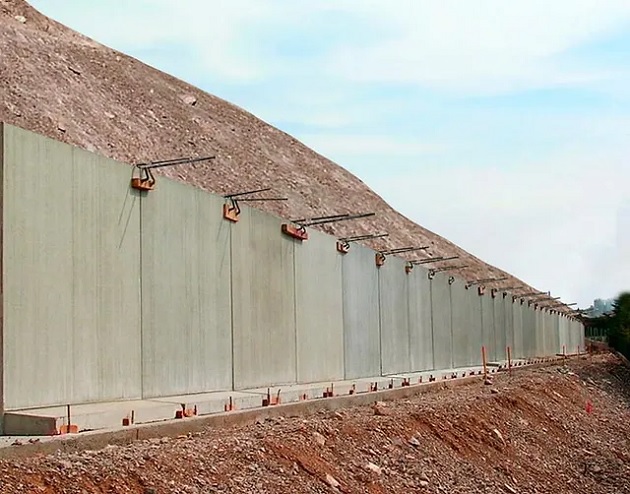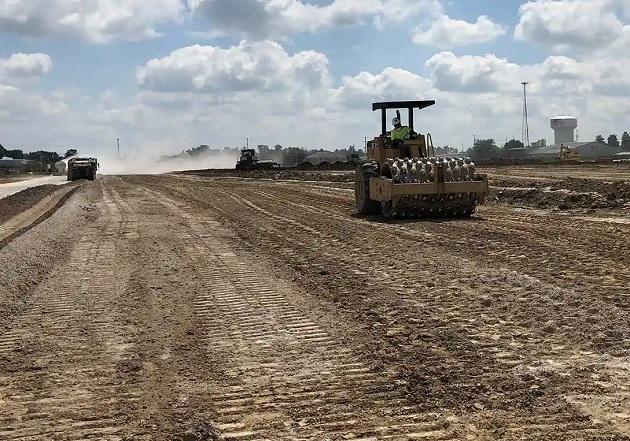Geosynthetics in civil engineering
Geosynthetics are synthetic materials used in civil engineering and geotechnical applications to enhance the performance and durability of soil and rock structures. These materials are typically made from polymers and come in various forms, including sheets, grids, and fabrics. Geosynthetics serve multiple functions in construction and environmental projects:
1. Reinforcement: Geosynthetics, such as geogrids and geotextiles, are used to reinforce soil and improve its load-bearing capacity. They are commonly used in the construction of retaining walls, embankments, and roadways to prevent soil movement and erosion.
2. Separation: Geotextiles are employed to separate different soil layers, preventing the mixing of fine and coarse soils. This separation function is vital for maintaining the integrity and performance of road bases and other engineered structures.
3. Filtration: Geosynthetics act as filters to allow the passage of water while blocking the passage of fine soil particles. They are used in drainage systems, preventing clogging and ensuring proper water flow.
4. Drainage: Geosynthetics with drainage properties help manage excess water in soil, ensuring proper drainage and reducing hydrostatic pressure in retaining walls, landfills, and underground structures.
5. Erosion Control: Geosynthetic materials, such as erosion control blankets, help stabilize slopes and prevent soil erosion in environmentally sensitive areas, such as riverbanks and construction sites.
6. Barrier Functions: Geomembranes are impermeable geosynthetics used as barriers in applications like landfill liners, pond and canal liners, and containment systems to prevent the migration of contaminants or liquids.
7. Protection: Geosynthetics protect against damage and abrasion. For example, they are placed between soil and geomembranes to prevent punctures.
8. Pavement Reinforcement: Geosynthetics can be used to enhance the performance of pavements by distributing loads more effectively, reducing cracking, and extending pavement life.
Types of geosynthetics
-
Non-woven geotextile: Made from random fibers bonded together through mechanical, thermal, or chemical processes. Used for filtration, drainage, reinforcement, and soil separation.
-
Woven geotextile: Manufactured with interlaced yarns and is more mechanically robust. Employed in applications requiring higher tensile strength, such as road reinforcement or erosion control.
- Polypropylene geotextile: Can be woven or non-woven and is commonly used in filtration, drainage, and separation applications due to its chemical resistance and durability.
-
Polyester geotextile: Offers greater resistance to biological and chemical degradation compared to other materials. Used in projects requiring an extended lifespan.
-
Erosion control geotextile: Specifically designed to prevent soil erosion in areas prone to landslides or loss of soil. Applied in slopes, riverbanks, among others.
-
Geotextile for filtration applications: Used to filter soil particles or liquids, preventing clogging of drainage or filtration systems.
-
Reinforcement geotextile: Reinforces soil or structures’ stability by distributing loads, reducing deformation, and increasing load-bearing capacity.
The use of geosynthetics in civil engineering offers several advantages, including improved construction efficiency, reduced maintenance costs, and environmentally friendly solutions. These materials are versatile and have a wide range of applications in infrastructure, geotechnical engineering, environmental protection, and soil improvement projects.

